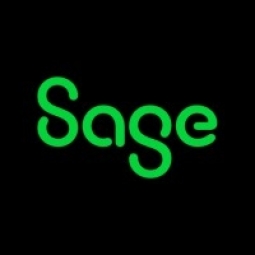公司规模
Large Corporate
地区
- America
国家
- United States
产品
- Sage 100 ERP
- Accounts Payable
- Accounts Receivable
- Inventory Management
- Job Cost
技术栈
- ERP System
- Multicurrency Application
实施规模
- Enterprise-wide Deployment
影响指标
- Productivity Improvements
- Cost Savings
技术
- 功能应用 - 企业资源规划系统 (ERP)
适用功能
- 离散制造
- 物流运输
用例
- 自动化制造系统
- 库存管理
服务
- 系统集成
关于客户
KUKA Robotics Corp. 是一家从事机器人和相关服务行业的公司。该公司位于密歇根州斯特林海茨,在一个地方运营。该公司需要一个强大的 ERP 系统来简化其运营并提高响应能力。他们在物流、产品装配和会计方面处理繁琐的纸质流程。此外,他们还必须遵守国际报告要求。该公司寻求一种解决方案,可以为会计、装配、客户支持和物流领域的用户提供实时信息访问。
挑战
KUKA Robotics Corp. 需要一套先进的 ERP 系统作为其 MIS 的支柱。他们在物流、产品装配和会计方面面临着繁琐的纸质流程。此外,他们还需要遵守国际报告要求。挑战在于引入一套可以简化这些流程、改善部门间协调和响应能力并提高盈利能力和企业机动性的 ERP 系统。
解决方案
解决方案是实施 Sage 100 ERP,这是一套完整的模块,包括作业成本和第三方多币种应用程序。该系统使 KUKA Robotics 能够精确定位特定货物在装配过程中的位置,允许精确的作业调度,并允许发货人引用不同货币的多个销售订单。该系统还提供多种类型的分析,使公司能够按机器人或产品类型、客户类型、大客户或市场计算利润。这使他们能够轻松区分不同类型的客户和业务领域。
运营影响

Case Study missing?
Start adding your own!
Register with your work email and create a new case study profile for your business.
相关案例.
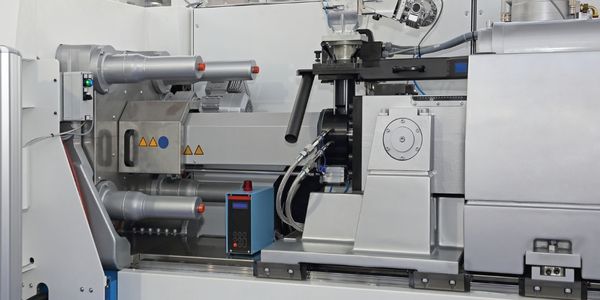
Case Study
Plastic Spoons Case study: Injection Moulding
In order to meet customer expectations by supplying a wide variety of packaging units, from 36 to 1000 spoons per package, a new production and packaging line needed to be built. DeSter wanted to achieve higher production capacity, lower cycle time and a high degree of operator friendliness with this new production line.
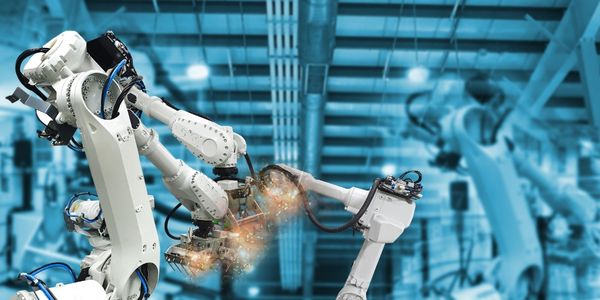
Case Study
Robot Saves Money and Time for US Custom Molding Company
Injection Technology (Itech) is a custom molder for a variety of clients that require precision plastic parts for such products as electric meter covers, dental appliance cases and spools. With 95 employees operating 23 molding machines in a 30,000 square foot plant, Itech wanted to reduce man hours and increase efficiency.

Case Study
Hospital Inventory Management
The hospital supply chain team is responsible for ensuring that the right medical supplies are readily available to clinicians when and where needed, and to do so in the most efficient manner possible. However, many of the systems and processes in use at the cancer center for supply chain management were not best suited to support these goals. Barcoding technology, a commonly used method for inventory management of medical supplies, is labor intensive, time consuming, does not provide real-time visibility into inventory levels and can be prone to error. Consequently, the lack of accurate and real-time visibility into inventory levels across multiple supply rooms in multiple hospital facilities creates additional inefficiency in the system causing over-ordering, hoarding, and wasted supplies. Other sources of waste and cost were also identified as candidates for improvement. Existing systems and processes did not provide adequate security for high-cost inventory within the hospital, which was another driver of cost. A lack of visibility into expiration dates for supplies resulted in supplies being wasted due to past expiry dates. Storage of supplies was also a key consideration given the location of the cancer center’s facilities in a dense urban setting, where space is always at a premium. In order to address the challenges outlined above, the hospital sought a solution that would provide real-time inventory information with high levels of accuracy, reduce the level of manual effort required and enable data driven decision making to ensure that the right supplies were readily available to clinicians in the right location at the right time.
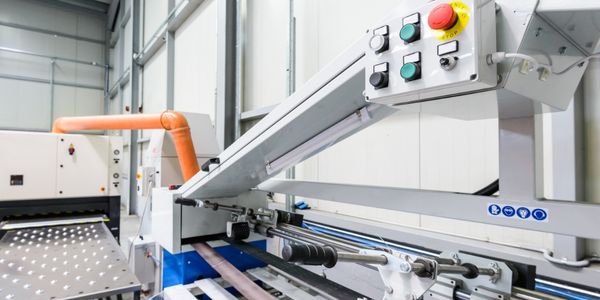
Case Study
Fully Automated Visual Inspection System
Tofflon has developed a fully automatic machine that uses light to inspect vials, medicine bottles, or infusion containers for glass fragments, aluminum particles, rubber grains, hairs, fibers, or other contaminants. It also detects damaged containers with cracks or inclusions (microscopic imperfections), automatically removing faulty or contaminated products. In order to cover all production processes for freeze-dried pharmaceuticals, Tofflon needed to create an open, consistent, and module-based automation concept.
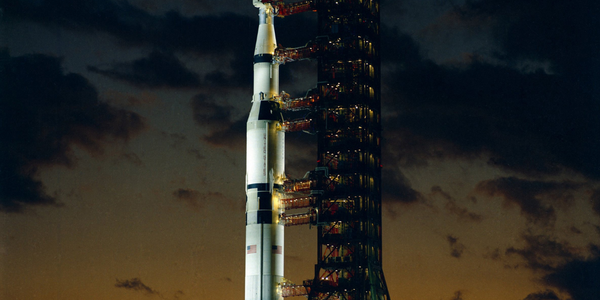
Case Study
SAP Leonardo Enabling Rocket Science
At times, ULA has as many as 15 different operating systems dedicated to overlapping processes, such as rocket design, testing, and launch. Multiple systems created unnecessary costs and unwanted confusion among workers at offices, factories, and launch sites in different location. In order to improve collaboration and transparency during vital activities that directly influence mission success, ULA wanted to improve data sharing and streamline manufacturing processes.




